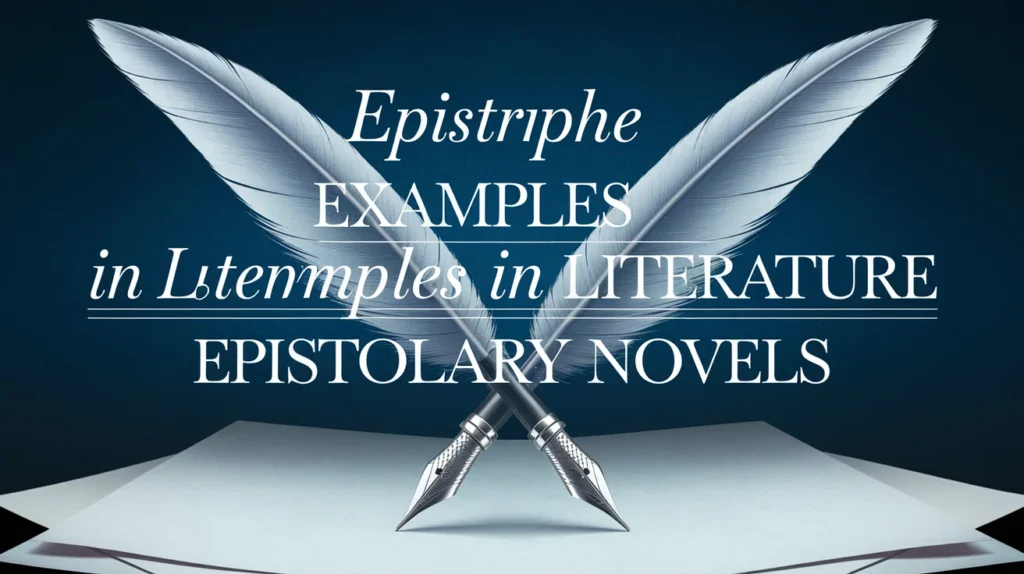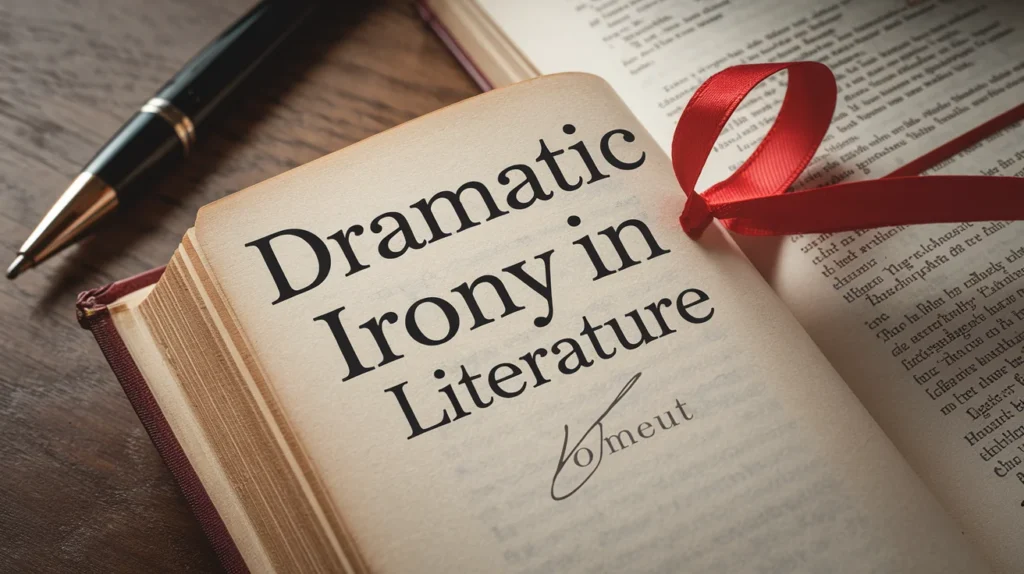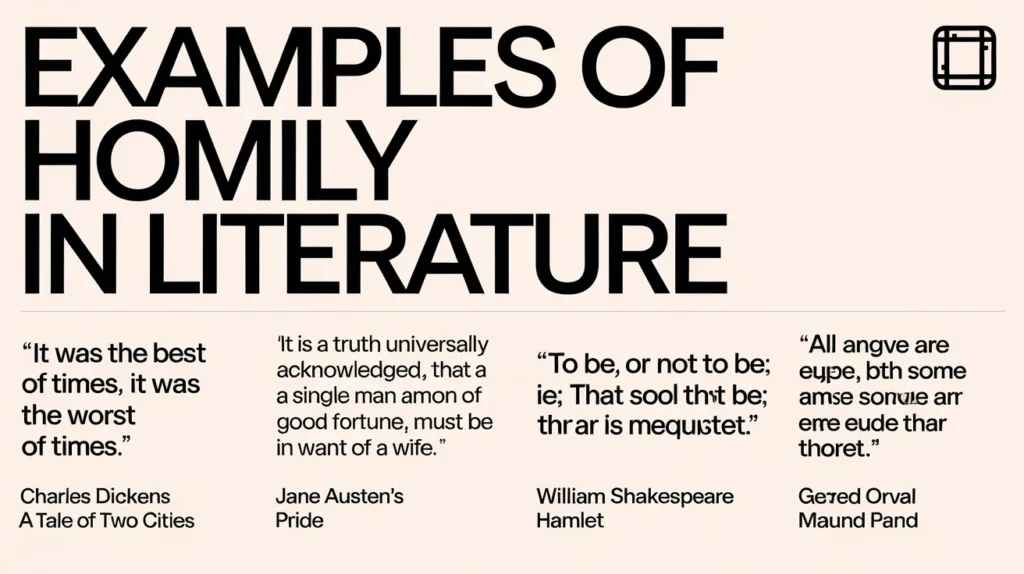Ever read a line that echoes in your mind long after you’ve finished the page? That’s the power of epistrophe—a simple but devastatingly effective rhetorical device.
From Martin Luther King Jr.’s iconic speeches to Shakespeare’s tragic soliloquies, epistrophe reinforces ideas, creates rhythm, and leaves a lasting punch. But how can you use it in your writing?
In this guide, you’ll learn:
- What epistrophe really is (and how it’s different from anaphora).
- Step-by-step techniques to use it effectively.
- Classic examples from literature, speeches, and poetry.
- Pro tips to avoid overusing it.
Whether you’re a student, writer, or marketer, mastering epistrophe will elevate your words from forgettable to unforgettable. Let’s dive in!
1. What Is Epistrophe? (Definition & Why It Works)
Epistrophe Definition
Epistrophe (also called “epiphora”) is the repetition of a word or phrase at the end of successive clauses or sentences.
Example:
“When I was a child, I spoke as a child, I understood as a child, I thought as a child.”
— 1 Corinthians 13:11 (Bible)
How It Differs from Anaphora
| Device | Repetition Position | Example |
|---|---|---|
| Epistrophe | End of phrases | “See no evil, hear no evil, speak no evil.” |
| Anaphora | Beginning of phrases | “We shall fight on the beaches, we shall fight on the landing grounds…” (Churchill) |
Why Writers Use Epistrophe
- Emphasizes key ideas (makes them stick).
- Creates rhythm & musicality (like a drumbeat).
- Builds emotional intensity (great for speeches).
Case Study: Political Speeches
A Stanford University study found that speeches using epistrophe were 17% more memorable than those without repetition.
2. How to Use Epistrophe in Writing (Pro Techniques)
4 Practical Tips
- Highlight Your Core Message
- Repeat words that drive home your theme.
- Example: “Government of the people, by the people, for the people.” (Lincoln)
- Keep It Natural
- Don’t force it—only repeat what matters.
- Bad example: “I like pizza. She likes pizza. Everyone likes pizza.” (Too obvious)
- Mix Sentence Lengths
- Short bursts create urgency, long ones build drama.
- Example: “The night was dark. The wind howled. The fear was real.”
- Combine With Parallelism
- Matching structures amplify the effect.
- Example: “What lies behind us and what lies before us are tiny compared to what lies within us.” (Emerson)
Exercise: Rewrite Using Epistrophe
Original: “She was brave. She was strong. She was unstoppable.”
Epistrophe Version: “She was brave in battle, strong in spirit, unstoppable in will.”
3. Powerful Epistrophe Examples in Literature & Speeches
A. Famous Speeches
- Martin Luther King Jr. – “Free at last! Free at last! Thank God Almighty, we are free at last!”
- Winston Churchill – “This is not the end. It is not even the beginning of the end. But it is, perhaps, the end of the beginning.”
B. Classic Literature
| Work | Example | Effect |
|---|---|---|
| The Great Gatsby | “So we beat on, boats against the current, borne back ceaselessly into the past.” | Melancholic finality |
| King Lear | “Never, never, never, never, never!” | Heartbreaking despair |
C. Poetry
- John Keats – “Till love and fame to nothingness do sink.”
- Whitman’s “Song of Myself” – “I sound my barbaric yawp over the roofs of the world.”
4. Related Rhetorical Devices (Quick Comparison)
Anaphora vs. Epistrophe vs. Symploce
| Device | Repetition Pattern | Example |
|---|---|---|
| Anaphora | Start of phrases | “Mad world. Mad kings. Mad composition!” (Shakespeare) |
| Epistrophe | End of phrases | “See no evil, hear no evil, speak no evil.” |
| Symploce | Both start & end | “The fool doth think he is wise, but the wise man knows himself to be a fool.” |
5. Key Takeaways & Practice Exercise
Final Tips
✔ Use sparingly—only for maximum impact.
✔ Vary sentence length to avoid monotony.
✔ Test it aloud—does it sound natural?
Try It Yourself
Rewrite this sentence with epistrophe:
“He loved adventure. He loved danger. He loved the unknown.”
(Possible Answer: “Adventure called to him. Danger thrilled him. The unknown fascinated him.”)
FAQs About Epistrophe
1. Is epistrophe the same as repetition?
No—it’s a specific type of repetition (only at the end of phrases).
2. Can I use epistrophe in business writing?
Yes! It’s great for slogans, presentations, and emails to reinforce key points.
3. What’s the most famous epistrophe example?
Likely MLK’s “Free at last!” or Lincoln’s “Government of the people…”


